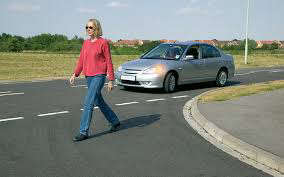
Changes to the Highway Code will mean drivers need to give way to pedestrians at a junction, while cyclists must give way to people using a shared-use cycle track, amongst other big changes.
An update to The Highway Code has introduced a hierarchy of road users, which creates ‘clearer and stronger priorities’ for pedestrians. The Department for Transport claims that the changes, which are split into three main rules, ultimately aim to improve safety for pedestrians, cyclists and horse riders. The changes are due to come into force on 29 January. Below are the major changes laid out in the updated The Highway Code.
How have The Highway Code rules changed?
- Drivers of large passenger vehicles and HGVs now have ‘the greatest responsibility to reduce the danger posed to other road users’.
- Drivers at a junction should give way to pedestrians crossing or waiting to cross a road that they’re turning into.
- Drivers should give way to pedestrians waiting to cross a zebra crossing, and pedestrians and cyclists waiting to cross a parallel crossing.
- Cyclists should give way to pedestrians that are using shared-use cycle tracks.
- Drivers should not cut across cyclists going ahead when turning into or out of a junction or changing direction or lane.
- New ‘Dutch Reach’ technique tells road users how to open the door of their vehicle while looking over their shoulder.
The first and most significant rule in the refreshed Highway Code sets out the hierarchy of road users. Road users who can do the greatest harm, generally those driving large vehicles have the greatest responsibility to reduce the danger they pose to other road users.
Pedestrians (children, older adults and disabled people in particular) are identified as ‘the most likely to be injured in the event of a collision. Apart vrom motor vehicle users, cyclists and horse riders will also have a responsibility to reduce danger to pedestrians. Even so, The Highway Code emphasises that pedestrians themselves still need to consider the safety of other road users. The Department for Transport says this system will pave the way for a ‘more mutually respectful and considerate culture of safe and effective road use’.
Some of the changes include:
- For drivers, motorists, horse riders and cyclists, The Highway Code now states clearly that, at a junction, you should give way to pedestrians crossing or waiting to cross a road that you’re turning into. Previously, vehicles had priority at a junction.
- Cyclists should give way to pedestrians on shared-use cycle tracks, and are reminded that only pedestrians, including those using wheelchairs and mobility scooters can use the pavement.
- Drivers and motorcyclists should not to cut across cyclists when turning into or out of a junction or changing direction or lane. This rule applies whether the cyclist ahead is using a cycle lane or simply riding on the road ahead.
There are a number of other changes, for example mobile phone use in vehicles and pavement parking and all road users are urged to familiarise themselves with these changes. The Highway Code has specific laws for road users that are legal requirements and you can be prosecuted for not complying with them. The code also has suggestions for proper road use and whilst not legally enforcable, they are seen as required practice to keep everyone safe. You can find out more about the changes here Highway Code Changes
The changes are due to come into force on 29th January.



 Fundraiser launched to save Morecambe's longest-running music festival as grant row rumbles on
Fundraiser launched to save Morecambe's longest-running music festival as grant row rumbles on
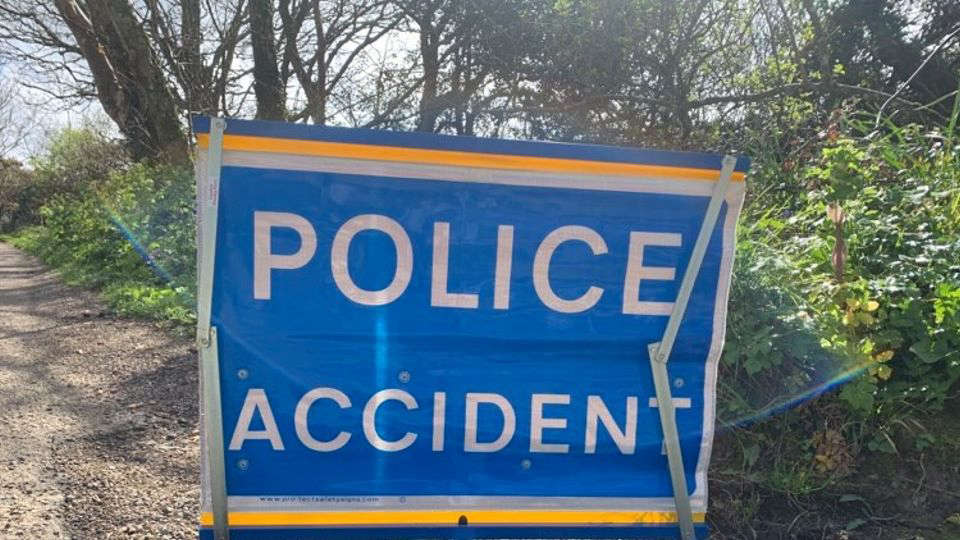 Man seriously injured after being struck by van on M6 near Lancaster
Man seriously injured after being struck by van on M6 near Lancaster
 Furry fundraisers' annual dog walk gives Morecambe charity a £3150 boost
Furry fundraisers' annual dog walk gives Morecambe charity a £3150 boost
 Ceremony to mark 80 years since WW2 airman died after plane crash near Heysham
Ceremony to mark 80 years since WW2 airman died after plane crash near Heysham
 £1m cannabis factory discovered during police raid in Morecambe
£1m cannabis factory discovered during police raid in Morecambe
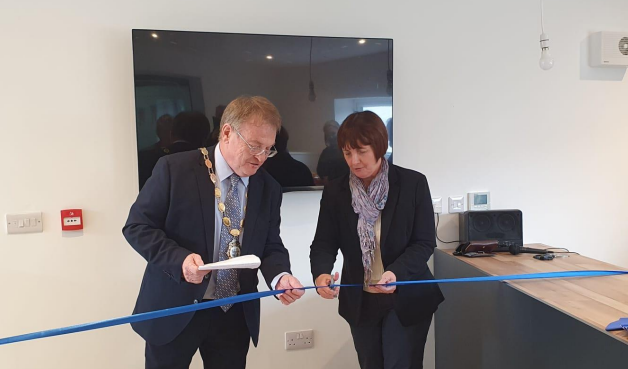 New £250,000 extension at Carnforth swimming pool gets official opening
New £250,000 extension at Carnforth swimming pool gets official opening
 PHOTOS and INTERVIEWS: Exciting new look inside Eden Project Morecambe revealed at Winter Gardens event
PHOTOS and INTERVIEWS: Exciting new look inside Eden Project Morecambe revealed at Winter Gardens event
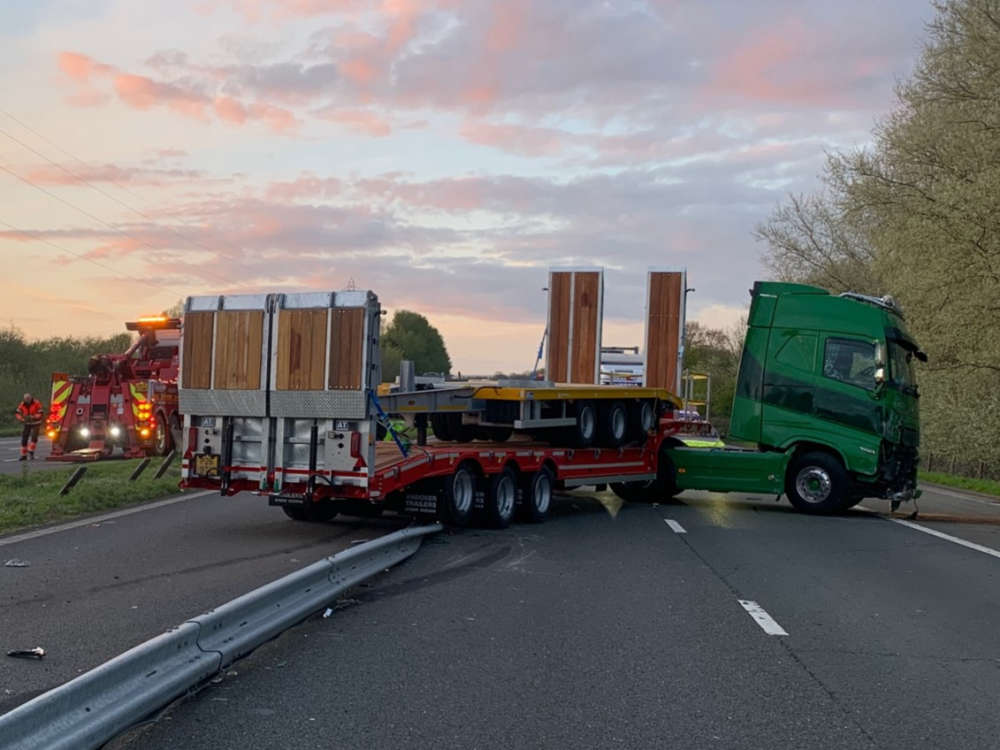 Jackknifed lorry causes M6 travel chaos between Carnforth and Kendal
Jackknifed lorry causes M6 travel chaos between Carnforth and Kendal
 Council considers £2m bid to bring vacant Morecambe building back to life
Council considers £2m bid to bring vacant Morecambe building back to life
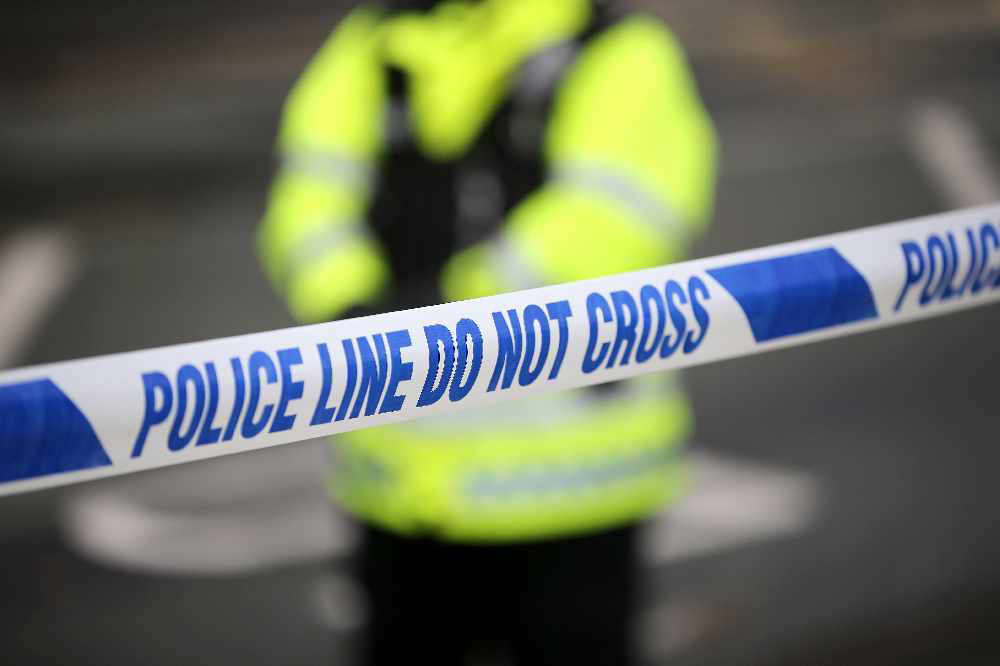 Woman dies after falling from motorway bridge near Lancaster
Woman dies after falling from motorway bridge near Lancaster
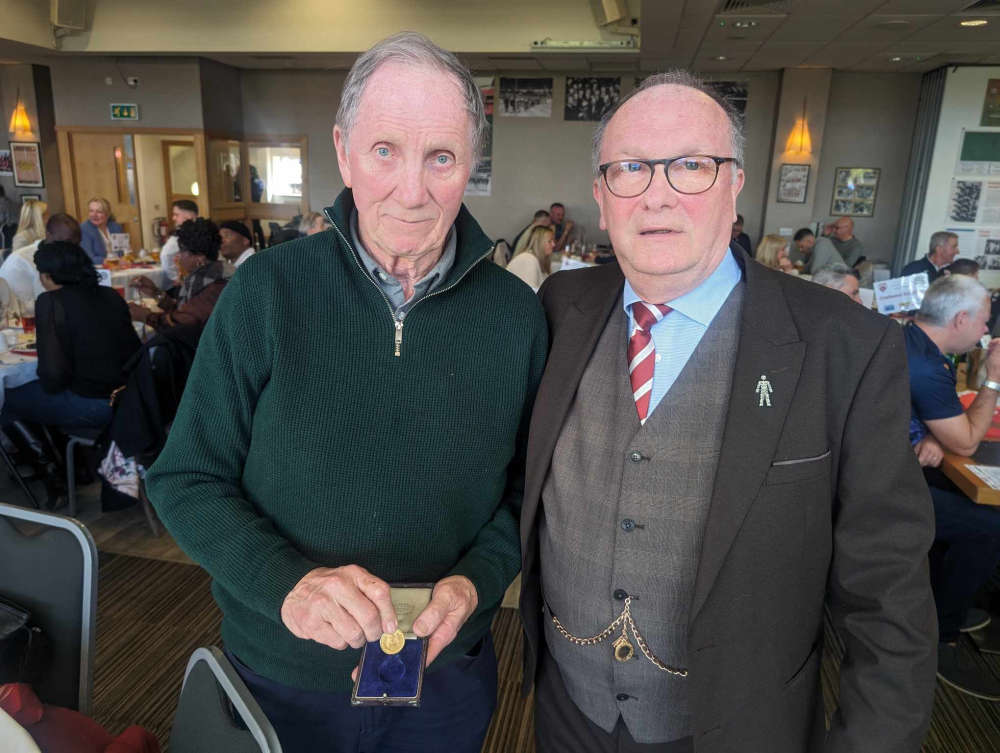 Incredible find 'reunites' Morecambe football hero with winner's medal 50 years after Wembley win
Incredible find 'reunites' Morecambe football hero with winner's medal 50 years after Wembley win
 Morecambe rock band to headline tribute concert for Hairy Bikers star
Morecambe rock band to headline tribute concert for Hairy Bikers star
 Lancaster nurse whose husband was captured by Taliban hopes to inspire students
Lancaster nurse whose husband was captured by Taliban hopes to inspire students
 Wray Scarecrow Festival starts this weekend
Wray Scarecrow Festival starts this weekend
 Police bust ‘sophisticated cannabis cultivation’ operation in empty Morecambe town centre building
Police bust ‘sophisticated cannabis cultivation’ operation in empty Morecambe town centre building
 Beacon lighting and wartime songs in Morecambe to mark 80th anniversary of D-Day
Beacon lighting and wartime songs in Morecambe to mark 80th anniversary of D-Day
 INTERVIEW: Eden Project Morecambe chief expects full funding package by summer and spade in ground by autumn/winter
INTERVIEW: Eden Project Morecambe chief expects full funding package by summer and spade in ground by autumn/winter
 Morecambe's longest-running music festival under threat in row over council grant
Morecambe's longest-running music festival under threat in row over council grant
 British Empire Medal to be presented to Morecambe band stalwart in prestigious Lancaster Castle ceremony
British Empire Medal to be presented to Morecambe band stalwart in prestigious Lancaster Castle ceremony
 Lancaster and Morecambe events open young ears to music of the jukebox generation
Lancaster and Morecambe events open young ears to music of the jukebox generation




